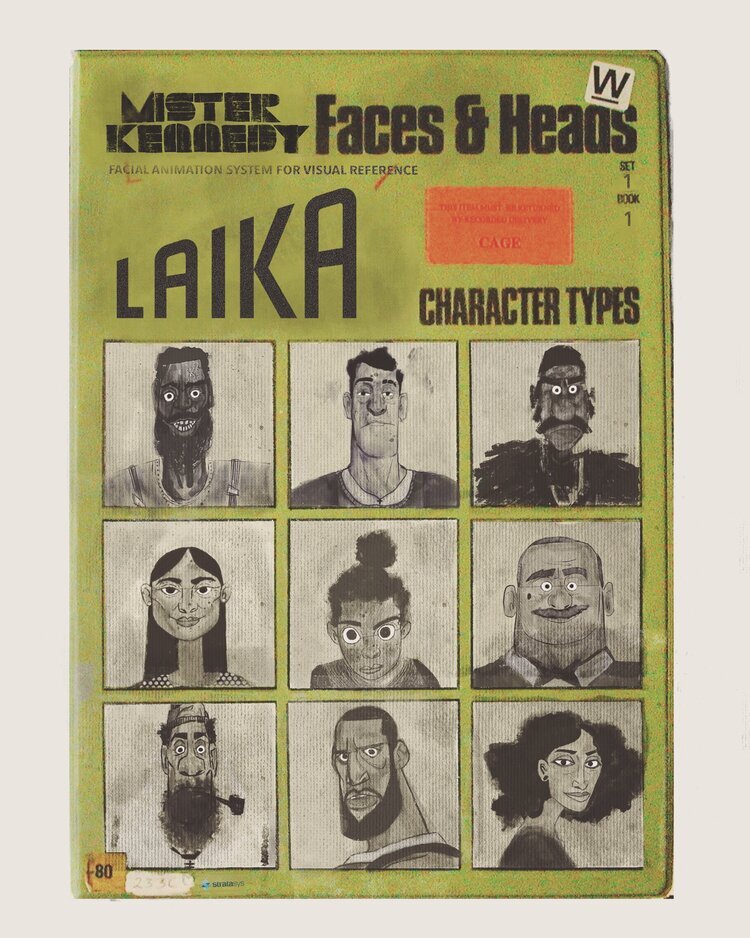While Kubo was in development, the only color 3D printer on the market was 3D Systems’ Z650, a powder/gyp-sum-based printer Laika used on ParaNorman and Boxtrolls. It could be used for the human characters in Kubo, says Director of Rapid Prototyping Brian McLean, but not for Monkey, Beetle, and the Moon Beast.
“We would have to find a new technology to achieve the director’s vision, or force a redesign of those characters to soften those hard edges,” he says.
For McLean and Technical Director Rob Ducey, the latter was not an option.
Alternatively, Stratasys – whose plastic, non-color polyjet printers had been used to cast Coraline’s hand-painted faces – was beta-testing the Connex3, the first color multi-material resin printer. Alas, it could only print three of five colors: white, black, cyan, magenta, and yellow.
“So right off the bat, we were running up against serious limitations in the way color was assigned,” says McLean.
Furthermore, Stratasys’ bundled printer software limited how those three colors could be mixed – a problem for Laika, which had grown accustom to painting detailed, gradated textures that could be jetted down onto a powder substrate. Still, the new plastic polyjet technology was so proficient at printing – with unfailing repeat-ability the fine feature details of Monkey’s face and fur, the Moon Beast’s lamellar body, and the sharp nose and hard facets of Beetle’s armor-like head – that the benefits far outweighed the drawbacks. The RP team’s only challenge was color matching the conceptual art.
To that end, Laika bypassed the bundled software and had expert 3D printing engineer Jon Hiller develop custom slicing software that would allow for gradient shading and fine color details. Hiller’s new driver could output a giant 3D bitmap that told the printer where to place each microscopic droplet of cyan, magenta, yellow, black, white, or clear resin in the exact proportions to replicate the color of the digital model. Hiller also improved Stratasys’ color model by equating and indexing specific ratios of 3D resins with their real-world measured color.
“The final hurdle was convincing Travis [Knight] that the faces of Monkey and Beetle could be simplified to three colors,” says McLean.
Initially, there was some fear that the subsurface scattering of the Z650 powder-based humans might seem incongruous next to that of the resin-based creatures, by the way light reflected, refracted, and raked across their faces (the Z650 printer jetted down color a sixteenth of an inch into the powder substrate).
The fear proved unfounded, however, when they discovered the UV-cured resin of the polyjet technology was inherently translucent. The subsurface scattering of Monkey and Beetle has a similar quality to Kubo, even though they’re made out of plastic.
MAKING FACES
The Connex3 produced thou-sands of high-resolution color sculpts for Monkey and Beetle, providing over 13 million possible facial expressions for Beetle and 30 million for Monkey. In total, 15,581 faces were made for monkey on the Connex3, while 23,197 were printed for Kubo on the Z650.
No matter the printer used, the head-modeling process always began with scanning a clay maquette into Autodesk’s Maya. Then, modelers refine the topology in both Maya and Pixologic’s ZBrush before sending it to the printer. After incorporating subtle artistic changes from Knight, the modeler simplifies the geometry in PixelMachine’s Topogun and decides where to split the mouth and brow, while riggers outfit the face with simplified facial controls for shaping the expressions.
Working in Maya, the CG modeler then collaborates with the fabrication lead to engineer the internal components for the head. “This means [Laika’s modelers] have all the problems of modeling for a CG production, along with a myriad of concerns stemming from creating a physical object: minimum material thicknesses, printer resolution, mechanical tolerances, and so forth,” says Lead 3D Modeler Ty Johnson. “The majority of a modeler’s time is spent breaking the head into over 70-plus mechanical parts that have to fit into the head the size of a golf ball.”
Because 3D printing files have always been polygonal, Laika’s RP department has found Maya perfectly suited for handling both the soft- and hard-modeled geometry, and ensuring they function together.
Next, a small group of digital animators fashion the vast digital library of expressions used throughout the film. Then, animators are assigned shots in the film, for which they pull shapes from the pre-existing library or create special expressions and send a Maya Playblast of the facial performance to the editorial department. If approved by the director, the CG animator compiles the list of faces for the shot, requesting pre-printed expressions be pulled from the physical face library and sending the special expressions off to the 3D printer. Once printed, the faces are cleaned, sanded, and tested before delivery to the stage on the day of the shoot. Because Knight was demanding such a finely pitched acting style, tending to these “special expressions” became an almost unending occurrence.
“On Coraline, our job was creating different phoneme shapes to string together for lip syncing,” says McLean, “but over the course of the last few films, it [became more] about very subtle acting and getting as much emotional range from these little puppets as possible. We’d provide Travis with Playblasts, and he’d kick them back with acting notes asking, for example, for a slight tilt in the brow. Our pipeline wasn’t designed for this level of scrutiny. It was designed for building a library of hundreds of faces in advance that could be delivered to the set and reused over and over. So sometimes we didn’t have the correct expressions in the predetermined kits, which forced us to go back into Maya, and animate and print faces especially for the shot.”
In keeping with this push for greater emotional range, a face was no longer animated every other frame, like on ParaNorman, and instead changed expressions 24 frames per second. Moreover, the animators shaped the main characters’ performances from a reference bible that borrowed from some of the finest acting touchstones of our time.
THE MOON BEAST
While the RP department was able to deliver textured puppets for Kubo, Beetle, Monkey, and almost every other character in the film, bringing the Moon Beast to life required more than advanced voxel printing. The Connex3 forged 130 parts for the snake-like fish, including the intricate lamellar scales, the armor-like plating, piranha-like teeth, and spinous dorsal fin. But achieving its eerie, turquoise luminescence demand-ed an intricate dance between RP, visual effects, compositing, and the skills of Director of Photography Frank Passingham.
Emerging at the climax, the Moon Beast slithers across dark, swollen skies like some serpentine poltergeist, descending fangs-bared upon Kubo as he flees through the village. Though Visual Effects Supervisor Steve Emerson and Composting Supervisor Peter Vickery could have created the effect digitally, the potential for inconsistencies between the miniature sets and puppets, let alone betraying the Herculean effort involved in rapid-prototyping the entire character, demanded a solution that was more faithful to the film’s practical roots.
“We ended up realizing there was no reason we had to photograph this puppet under one lighting scenario,” McLean reveals. “We could shoot the puppet under multiple lighting scenarios and give those passes to the VFX department, which could then pull masks and composite various looks together.”
Although the Moon Beast’s concept art features shades of jade and turquoise, along with sequins of topaz, the team ignored the color, and instead print-ed the primary puppet as one model in a three-color palette of white, black, and clear resins of varying densities, gradients, and transparencies.
Then, adding a gold Mylar undercoating on the clear sections, UV paint on other areas, and photographing the puppet under three lighting passes – key, fill, and UV – they were able to pull various mattes from the result-ing array of contrasts, tweaking the colors and compositing them in The Foundry’s Nuke. Under the white light key and fill passes, the black would almost disappear, the white would pop, and the gray sections (constituting a blend of white and black) would yield a milky tone.
“The UV pass was like a matte pass out of CG, so we’d get really selective mattes; that was key to getting the luminescence,” says Vickery. “We would get all these fine stroke lines along the edges of the fins, for example, that popped out in UV. Then, we were able to shift the color [in Nuke] and create a matte to make those areas glow, while still keeping the whole body from turning into a big, glowing mess. We also used the UV paint for the eyes, which had to represent the moon.”
To cast the threatening shad-ow the creature trails through the village, the VFX department extracted mattes from the shad-ow passes, in addition to the white light and UV passes, before compositing the layers in Nuke to achieve a consistent look across all 65 of the Moon Beast’s shots.
Martin McEachern






























